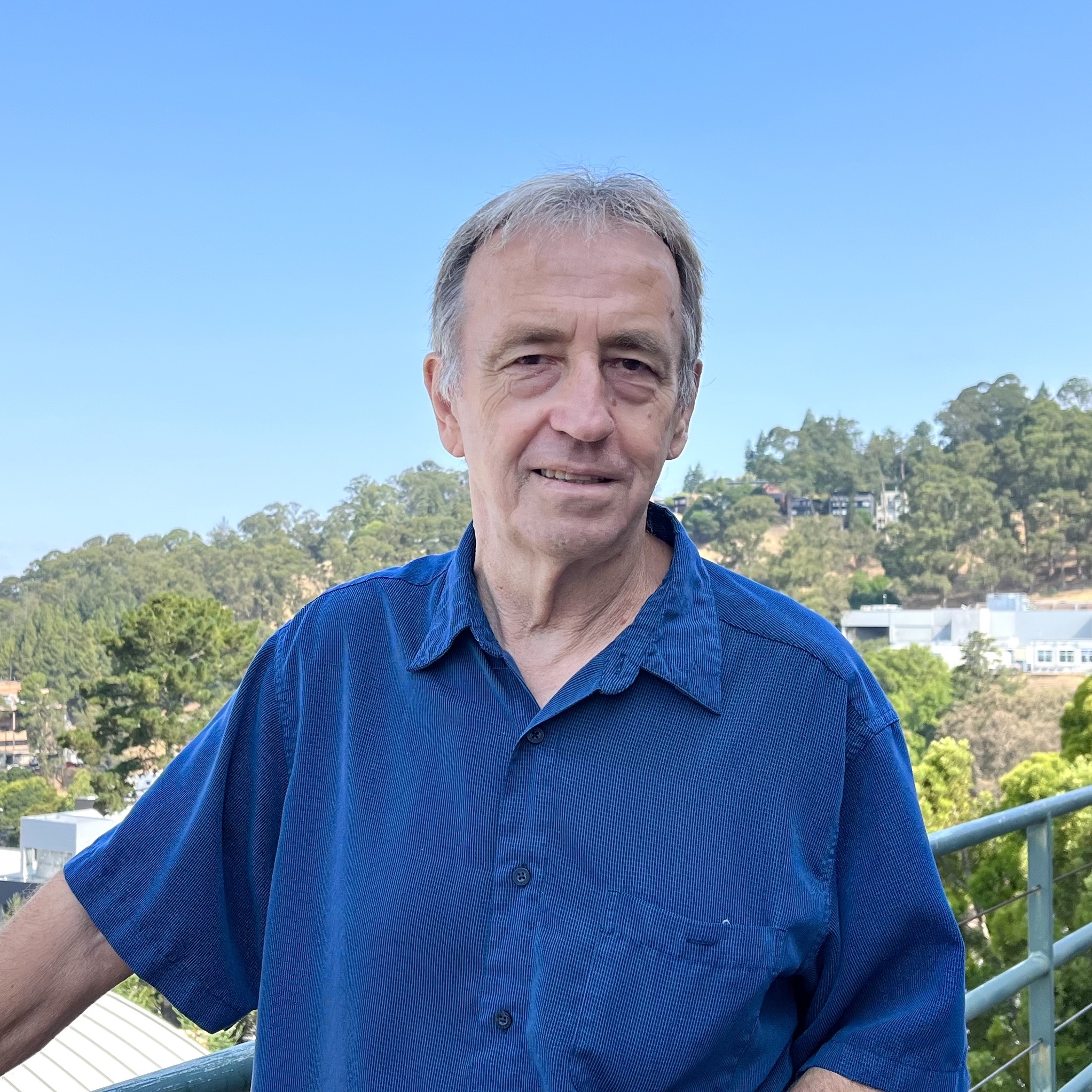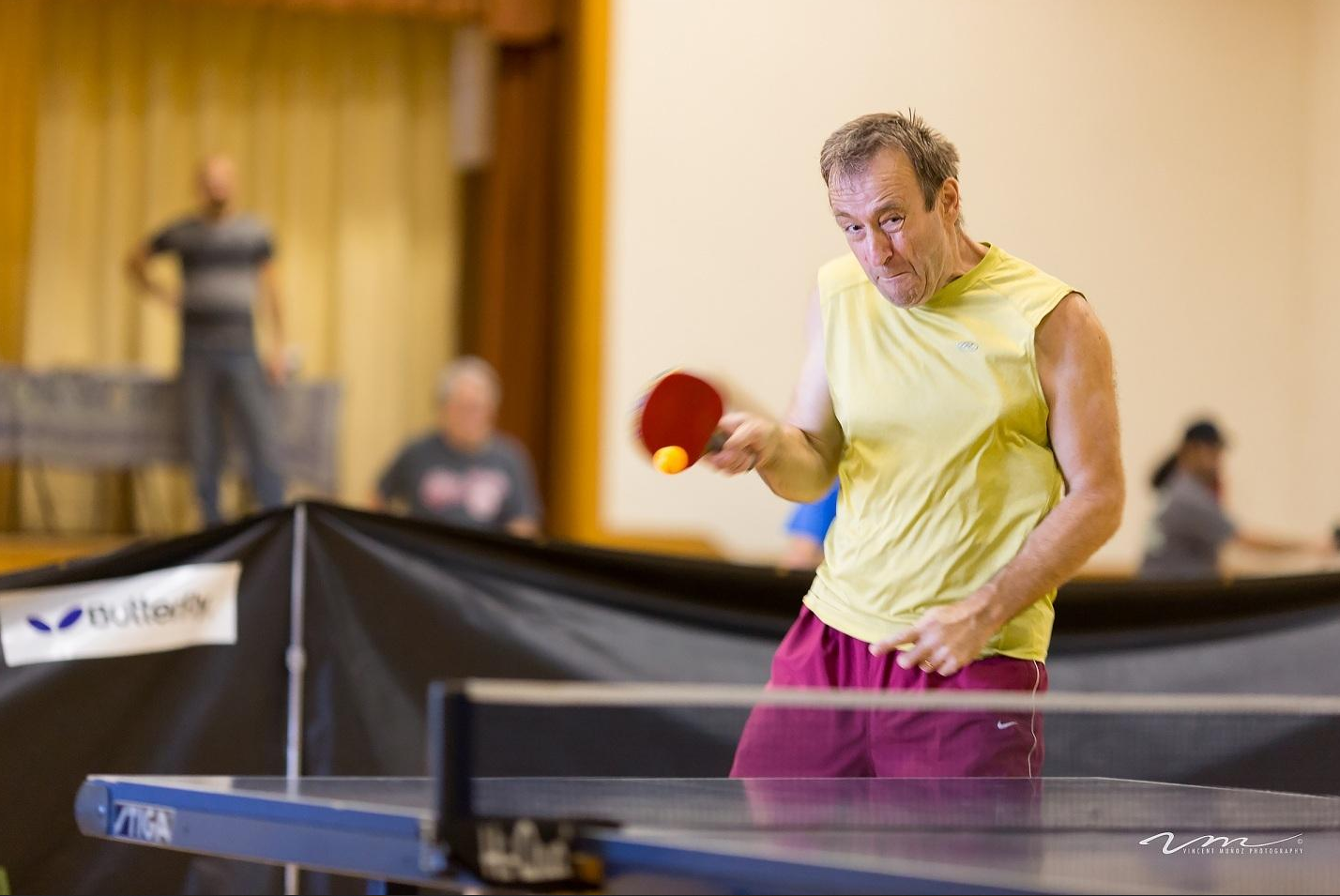 How did you end up at the ALS?
How did you end up at the ALS?
I came as a war refugee from Bosnia after the fall of Yugoslavia. I had a cousin in California who sponsored me, so I moved to Chico. In my old country, I was a mailman. When I came here, I tried to get the same job, but it’s different here. I had to learn English. I passed the test, but they offered me a part-time job, so I decided to go back to college. I graduated in electronic engineering and applied for a job here. My supervisor said they had 50 candidates! And now, I’ve been here 16 years.
What do you do in your role?
It depends if we’re running or not. When we’re running, my job is in the control room to monitor what’s going on with the accelerator to make sure everything’s working correctly. We have ten to fifteen monitors with many applications that help us. If anything goes bad, our goal is to fix it as soon as possible.
When we are shut down, we do shielding control for making sure everybody is working safely. We have a lot of safety systems, like the radiation safety system. All the forms need to be prepared. And then, on startup, we need to start the machine. We do a search and secure of the whole ring to make sure nobody stays inside.
What is a search and secure?
Nobody can be in the ring while the machine is running, so to make sure nobody is in the ring, two or three people go around from part to part. When we search a sector and make sure nobody stayed behind, we turn a key in the search box to confirm that part is secured. All the keys must be turned and in a certain order. The storage ring tunnel is very packed, and if somebody’s working and hits their head, they could be on the ground. I don’t think anybody would hide there purposely. So, we have to check each and every corner to make sure. Then, there’s two buttons that two of us need to push.
What are some issues that crop up while we’re running?
It could be anything, really! Water, vacuum, magnets, temperature in the ring, temperature of the low conductivity water. That’s the machine. Then it could be that a door doesn’t work and the alarm’s going off. There could be water in the ring or a fire alarm—all these things come to the control room. It’s a very complicated machine, and nobody knows everything, but we have experts for each part and our main goal is to know who the experts are and who to call to resolve the issue.
What’s kept you at the ALS all this time?
Everything I just described was all accelerator operator work. I’m also a floor operator, making sure everything is operating safely and beamline staff are trained. When I’m training them, I like to ask what work they do on their beamline. I like seeing all of that develop and how it’ll help people. I’ve heard about research on seashells, bones, teeth, comet dust, computer chips, protein structures and the medication that will come, batteries, solar energy—it’s all interesting!

Are you involved in inclusion, diversity, equity, and accountability (IDEA) efforts at the Lab?
I like to see everybody the same way, no matter who they are or where they’re coming from.
I think that’s important because if people see that they are welcome, they will stay. I go to the Social Activities Task Force events when I have time.
And what do you like to do in your free time?
Photography, hiking, ping pong, chess, basketball. I’m trying to fit as much fun as I can in my free time. I run, and might go for the Berkeley Half Marathon in November. Swimming in lakes, rivers, creeks…wherever I can cool down in Chico!
*Note: Haris’s photography is featured on the ALS website—you may have seen the night sky over the ALS dome on our homepage!